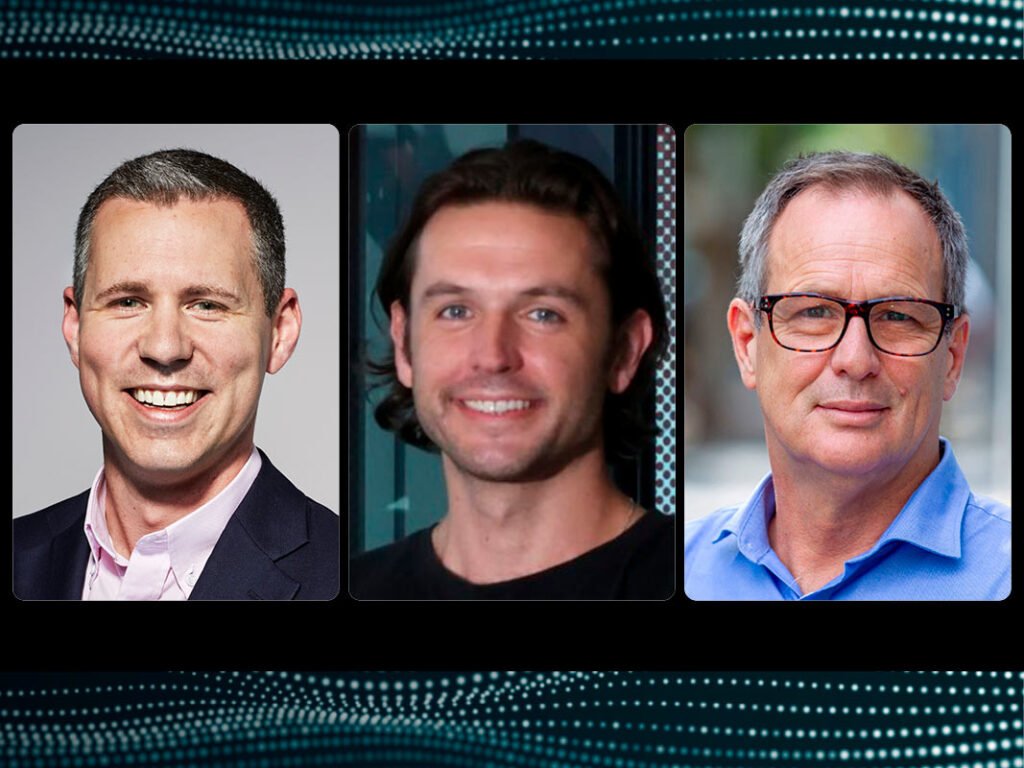Digital twin technology in energy efficiency reveals stark contrasts between Australia and the United States, with each country shaped and influenced by its unique approach to risk, regulations, and scalability.
Digital twins are like virtual replicas of buildings, linking different data sources to give real-time, clear insights.
They simplify managing energy efficiency, helping better allocate resources and physical assets, enabling smarter, faster and cost effective decisions when building complex infrastructure like airports, hospitals or Olympic stadiums.
Chiller optimisation specialist Exergenics and global software development company Willow are making inroads into US markets after honing their expertise and innovations in a domestic environment keenly focused on energy efficiency.
On a special podcast produced by InnovationAus.com in partnership with Verizon, both Australian startups highlight the speed and scale of the US market, which employs more punitive regulatory measures, pushing companies to comply to avoid penalties.
In contrast, Australia’s adherence to sustainability standards is more incentive-driven, with regulations providing clear benefits for compliance, as opposed to punitive repercussions for failure to comply.
“Every commercial landlord was essentially losing 20 per cent of the potential market if they didn’t have a building of a certain efficiency level,” Willow’s head of new build Daniel Kalnins said.
“Rather than the punitive way, it was more of an incentive for you to gain access to this market section by hitting a certain efficiency level.”
The proactive approach by Australian firms highlights the fertile ground of innovation in energy efficiency that Australia has become, fueled in part by a regulatory environment that promotes rather than punishes a pursuit of sustainability.
Conversely, Tim Stewart, co-founder and COO of Exergenics, noted a palpable initial distrust and hesitation among Australian customers when introducing digital twin technology in the construction sector.
“Getting that first customer and getting that trust to get someone on board took time,” he said.
Only 18 months ago, Exergenics launched its first commercially proven pilot.
“We’re now in over 50 buildings, so this market’s growth has been relatively quick.”

Mr Stewart’s experience points to using Australia as an R&D hotbed to test initial use cases and pilots before scaling more considerable commercial heights in the US.
Exergenics has also expanded its customer base to Singapore, New Zealand and Sri Lanka, employing 15 full-time employees to optimise large air conditioning systems in buildings.
Proprietary algorithms analyse historical data from the building management system (or another source like Willow) to control existing equipment more efficiently.
This reduces energy consumption and offers a return on investment for building owners with a light-touch, modular approach.
Originally an architect firm, Willow evolved from building design and construction to a software-focused firm aimed at adding value to construction project data.
According to Mr Kalnins, Willow today excels by blending insight, oversight, and foresight in large-scale projects, providing real-time solutions and predicting issues before escalation using digital twins.
In addition to working on mega projects like the Sydney Metros and large critical infrastructure projects, Willow is collaboratively working on the SoFi Stadium in Los Angeles.
Both agreed that in Australia, when it comes to pioneering tech like digital twins, the industry adopts a more conservative approach, especially when it could impact safety.
Meanwhile, US companies have not just a willingness but an appetite to be the pioneers in adopting new technologies, driven by a fear of being left behind in the innovation race.
Here, the perceived risk is not embracing the new but shunning it. This paradigm is arguably fueled by abundant budgets and a bigger pool of people willing to experiment with new technologies.
Both speakers’ experience launching projects locally and abroad offers warnings for Australian regulators and current construction approaches.
When it comes to digital twins, Mr Kalnins emphasised the need for a simplified industry-wide approach that focuses on “fundamentals that will turn the dial.”
A more refined data-centric approach can meaningfully impact projects and boost productivity.
Leveraging precise and accurate data via digital twin technology can deliver substantial savings to clients.
“Around $60,000 a year just on reduced energy costs from air conditioning” were saved for SoFi Stadium, emphasises Mr Stewart.
This podcast and the accompanying article are produced by InnovationAus.com in partnership with Verizon.
Do you know more? Contact James Riley via Email.
